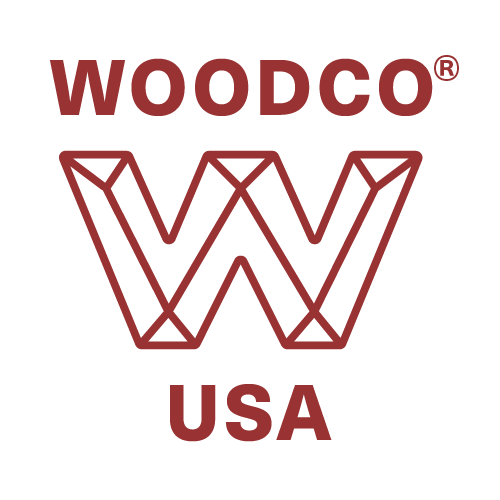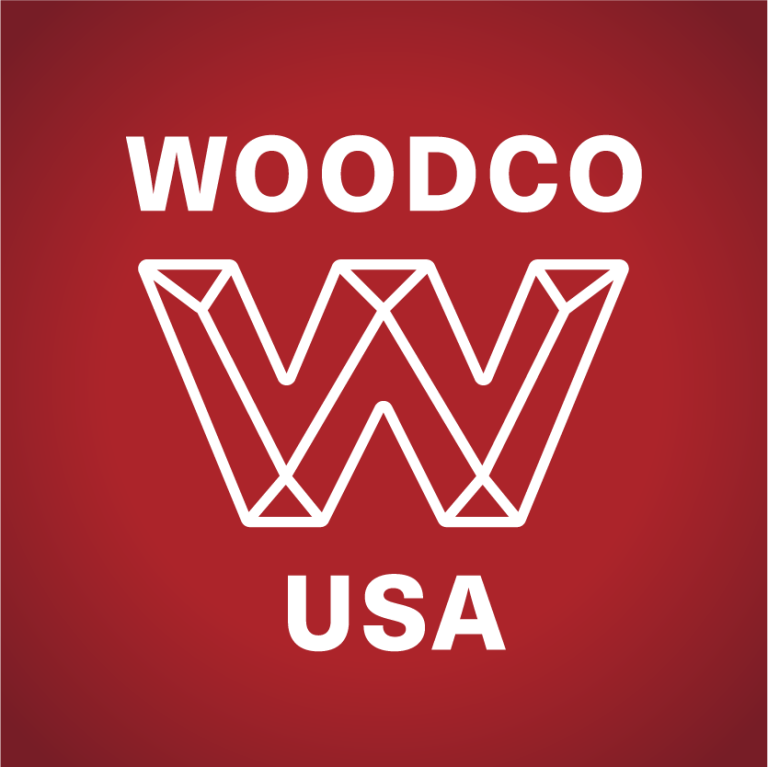API pressure control equipment frequently requires a port that connects with the internal bore that will allow the input of pressure for testing, the measurement of internal pressure, and/or the sampling of fluid from the pressurized fluid contents.
For equipment having a working pressure of 10,000 psi and less, API Spec 6A specifies a 1/2″ female threaded port, and further specifies that the port may have the identification as either 1/2″ Line Pipe (L.P.) or 1/2″ National Pipe Taper (NPT), (API designates L.P. and NPT pipe connections as interchangeable in sizes 1/2″ through 1-1/2′) and permits either marking, but does not require any marking for test and gauge connection ports.
For equipment having working pressures of 15,000 psi and 20,000 psi API Spec 6A specifies a female tapped connection port incorporating a conical female seat, to accept connectors API identifies as Types, I, II, and III. API designates this female tapped connection as 1-1/8-12 UNF- 2B, interchangeable with Autoclave Engineers F562C or High Pressure Equipment Company HF9. This connection may have marking as API H.P., 1-1/8-12 UNF-2B, or F562C, but again, API does not require any marking for test and gauge connection ports.
These ports most commonly appear on API equipment identified as: Test Flanges, Instrument Flanges, Transmitter Flanges, Gauge Flanges, Bleed Ring, etc. and these ports allow shop and field tests of assembled equipment to prove the integrity of the assembly and seals. See Catalog for WOODCO USA Pressure Control Equipment.
1″ through 1-1/2″ L.P. or NPT connections also appear as hydraulic operating ports on Blowout Preventers.
The following illustrations provide cross-section views of the two most common port connections used on API specified pressure control equipment.
Pipe thread port for 10,000 psi and lower pressure
equipment, illustrated
 |  |
High pressure port, illustrated
 |  |
Operators may request high pressure ports for lower pressure equipment if desired.
A variety of other test ports may appear on pressure control equipment provided the connection working pressure equals or exceeds that of the equipment. Equipment with these other test ports may bear an API Monogram provided the equipment design file demonstrates that the test ports meet API specified design stress allowable.
Operators should take care to protect test port connections from handling damage or metal loss corrosion (rust) by keeping the connections clean, lubricated and plugged, or clean and lubricated, with a protector of some type installed. Damaged test ports may cause leaks and lost productivity.

